
SEO is vital for businesses in all industries, including tech companies. However, SEO for tech companies is especially difficult to perfect, since the level of competition is so fierce in the tech industry.
This is because most tech companies have the technical expertise and teams of search engine marketing professionals constantly working on creating content, building links, and optimizing their website’s technical and on-site SEO.
This article will teach you the fundamentals of SEO for tech companies. We’ll also share real-life examples of what SEO strategies and tactics other tech companies are using this year.
Why do Tech Companies Need SEO?
The number of Google searches conducted every day is still rising. According to statistics, Google processes about 3.5 billion search queries every day.
This is an astonishing statistic and leads us to believe that search engines are still widely used by people to find information, products, or services.
Tech companies need SEO in order to rank for search queries that are relevant to the products and services that they offer.
Another reason why tech companies need SEO is because most software buyers are “internet savvy” meaning they will likely click on organic search results instead of paid ads in Google.
SEO Tactics Used by Tech Companies
Before we dive into the different SEO tactics that tech companies can use, we’re going to share 5 examples of how other tech companies plan on using SEO to market their products and services in 2023.
Anders Bryde Thornild - CyberPilot

“Our strategy for 2023 is to focus on converting keywords. In the beginning, we focused on broad keywords because we needed traffic and had to build a foundation of content.
Without traffic, we wouldn't have enough data to start conversion optimization. Now we get a good number of visitors each month which means we focus on conversion.
It basically means 2 things:
-
- Convert the traffic we are getting now - look at landing pages and improve these
- Find converting keywords which probably means we will look at keywords closer related to our services than we did when aiming for traffic
If we succeed with this, we will end up covering more of our full customer journey. Both top and bottom funnel which is important as you can quickly get lost in hunting for traffic as an SEO marketer.”
Julian Scott - SocialBu
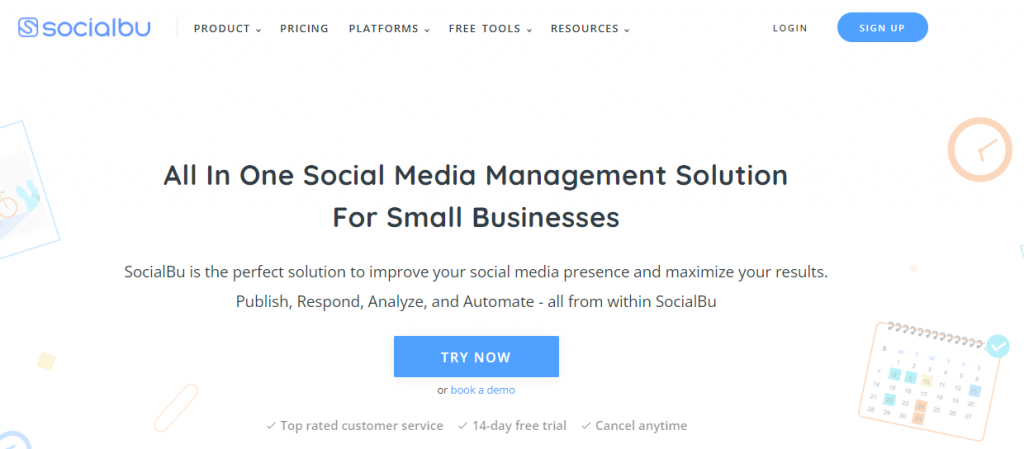
“As a tech company, SEO is one of our most important marketing channels. We focus on ensuring that our website and content are optimized for mobile devices and using relevant keywords in both the metadata and the content to rank higher organically.
Our backlinking strategy involves reaching out to authoritative blogs and websites in our industry, guest posting, and creating partnerships with relevant influencers.
We make sure to track our progress using metrics such as organic search traffic, SERPs rankings, CTRs for each page, and backlinks.
This helps us constantly refine and improve our SEO plan to get the best results possible.
We have seen great success with our SEO efforts so far.
For example, in the past year alone, we have seen an increase of over 80% in organic search traffic from Google and Bing, a rise of 20 positions on average across SERPs rankings, and a steady increase in the number of backlinks.
These metrics prove that our SEO strategy is effective and will continue to benefit our future growth.
By staying up-to-date with new trends and techniques, optimizing content for search engines, and leveraging influencers, tech companies can see success with their SEO efforts. We have found that this is key to developing a strong and successful SEO plan.”
Irene Graham - Spylix
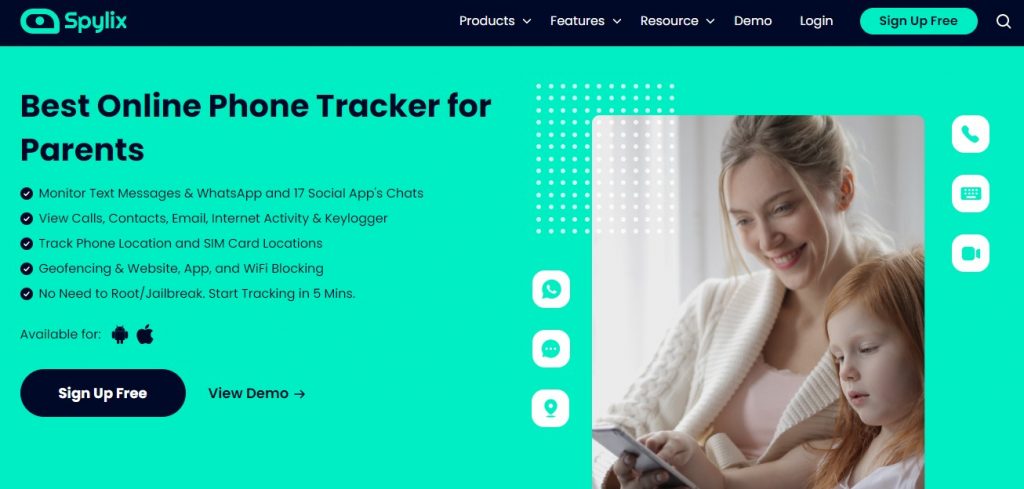
“Making our website Google Discover-friendly: For users of mobile phones, Google Discover is a feed that shows up on the search engine's home page. It shows users the best possible search results based on their preferences and interests. It is one of the fundamental SEO techniques we will concentrate on in 2023.
By making our website Google Discover-friendly, we may reach millions of new prospective customers and significantly boost website traffic.
High-Quality Level of Content: We shall create the content by users' search criteria. The search engine's ultimate purpose is to quench consumers' search thirst. For our website to be ranked higher in searches automatically, we will optimize the keywords, articles, photos, and backlinks according to user intent. Our website will be informative, visually appealing, commercial, and easy to use.
Relevant meta descriptions and titles: Meta titles and meta descriptions are the tags we'll utilize to communicate the goal of our web page properly. It is a means by which we describe a web page's contents to our visitors and search engine bots. These aid in educating individuals both directly and indirectly about the work our company undertakes.”
Jacob Udodov - Bordio
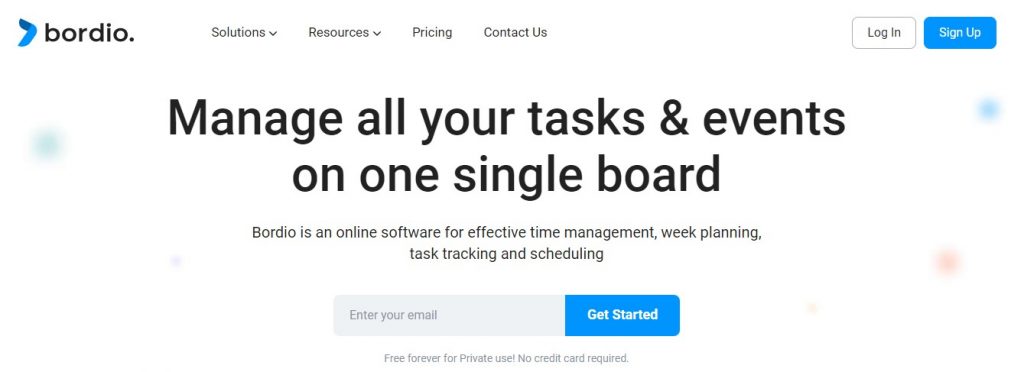
“This year we're doubling on off-page SEO, vis-a-vis link building. We're doing this primarily through using the skyscraper method.
Here are the basic steps of the skyscraper technique:
-
-
- Find popular content in your niche: Use tools like Ahrefs or Buzzsumo to find popular content in your niche. Look for content that has a high number of backlinks and social shares.
- Make it even better: Take the popular content you've found and make it even better. Add more data, examples, research, and case studies. Make sure your content is more comprehensive and well-researched than the original.
- Promote your content: Once your content is published, reach out to people who have linked to the original content and let them know about your new, improved version.
- Monitor the results: Keep an eye on your backlinks and traffic, and see how your new content compares to the original.
-
We used this method last year and saw a 24% YOY increase in our backlinks. Moreover, the average DR we got backlinks from increased by 9.”
Eleanor Bennett - Logit.io
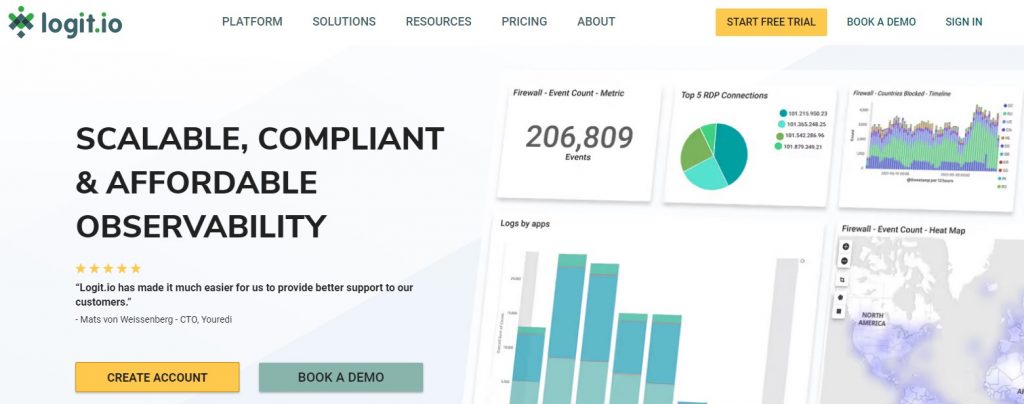
“It is possible to build backlinks very effectively by creating visually appealing cheat sheets. In order to get this strategy just right, you may have to do some technical research to create your copy. With visual design tools such as Adobe's XD, you can create downloadable materials quickly to take advantage of this strategy without having to hire a dedicated designer.
Why not use GitHub to open your first pull request if you want new backlinks to your resources? GitHub offers niche repositories on a wide range of technology topics that are regularly updated. In many cases, GitHub repository pull requests are immediately connected to websites offering followed links. Using Ahrefs, you can determine which of the major SaaS platforms in your niche are linked from GitHub. Use these as a starting point for you to try your hand at contributing to their connected repository.
With this being said, I've also had many articles rank in the first position without a single backlink. Writing original content and researching insights from thought leaders in your technical niche can really set your content apart in an age where more and more articles are generated by artificial intelligence.
The use of AI often results in a rephrasing of what has already been said and lacks the ability to generate new perspectives that users may find beneficial.”
SEO Strategies and Tactics for Tech Companies
There are countless SEO strategies and tactics that you can use to increase search engine rankings and traffic, however, the tried and tested methodologies are oftentimes the most effective in generating results.
In the following paragraphs, we’re going to share and discuss these tried and tested methodologies on how you can do SEO for your tech company.
Develop an Action Plan Based on an SEO Audit of Your Site
The first step in any SEO strategy is to develop an SEO action plan. This action plan includes the activities and tactics that you’ll implement in order to achieve your desired results, whether this is higher rankings, more leads, or increased organic traffic.
To develop an SEO action plan for your tech company you first have to get an understanding of where you currently are and which aspects are holding you back from achieving your intended results.
This is where an SEO audit comes into play. An SEO audit is intended to find all the areas of your website that are delaying your progress.
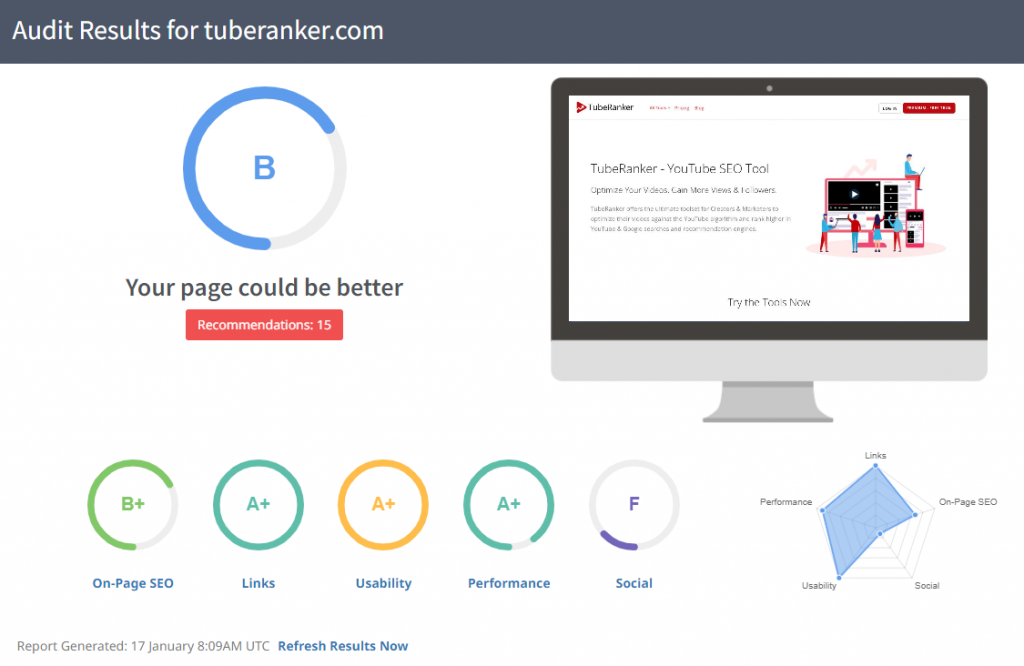
Some of the things that an SEO audit will reveal include the following:
- Technical errors on your website
- Missing meta tags such as the title, meta description, and alt tags
- Header tag usage
- Keyword consistency
A thorough SEO audit will also include a backlink analysis of your website. Backlinks play a vital role in boosting your search engine rankings. Without backlinks, you won’t be able to achieve high rankings in the competitive tech industry.
Lastly, an SEO audit entails studying your competitors and those dominating the search results in your industry.
A good competitive analysis will reveal the pages that are bringing in the most amount of search traffic. The end result of a competitive analysis is to understand why your competitors are ranking for certain keywords and what you can do to achieve the same results.
This typically includes building more backlinks, creating better content, and improving your website’s overall usability.
Optimize All On-Site Page Elements
After you’ve established an SEO action plan and conducted an audit of your website, you need to ensure that all on-page elements are optimized according to search engine optimization best practices.
The on-page elements that we’re talking about are:
- Title tags
- Meta description
- Image alt attributes
- Header tags
- URLs
- Pagespeed
All of these elements need to be optimized to increase a website’s usability and help search engines understand what your website is about. Once they know what your website is about, search engines can rank it for the appropriate search queries.
Title Tag Optimization
Page titles are among the first things that people see when deciding which results to click on in the search engine results pages.

Proper title tag optimization entails writing title tags that contain your target keyword, that are up to 70 characters in length, and easy to understand.
Meta Description Optimization
Meta descriptions act as short introductions describing what your pages are about. Meta descriptions are important for two reasons:
- Well-written meta descriptions can increase your website’s organic CTR.
- Meta descriptions tell search engine users what they can expect to find after clicking on a search result.
To write SEO-optimized meta descriptions you need to ensure that your meta descriptions are up to 160 characters in length, are unique enough to stand out from the SERP competitors, and mention the page’s target keyword.
Image Optimization
Adding images to pages is essential for several reasons including improving the on-page user experience, conveying data, and more importantly, making your content easier to consume.
However, simply adding images to your pages and content can do more harm than good if not properly optimized for SEO.
The two main ways to optimize images for SEO are:
- Compressing images in order to reduce their sizes which in turn has a positive impact on your page’s loading speed.
- Writing image alt texts that describe what your images are about and ideally contain your target keyword(s).
URL Optimization
Did you know that badly-written URLs can have a negative impact on your page’s user experience?
Imagine having to choose between these two URLs:
- www.domain.com/product/sunglasses/oakley-frogskin
- www.domain.com/product/sunglasses_oakley01rmb
Which one do you trust more? The first URL is clean and follows a logical URL structure, so users can clearly discern what the page will be about. It also looks more secure than the second URL.
So, how do you optimize URLs for SEO?
Firstly, URLs should be as short as possible, containing only alphanumeric characters. Avoid creating URLs with special characters.
Secondly, always add your target keyword to the URL of the page.
For this article, the target keyword is “SEO for tech companies”, so we set the URL for the page to www.seoptimer.com/blog/seo-for-tech-companies.
Pagespeed Optimization
The last, and probably one of the most important on-page optimizations you can perform, deals with PageSpeed.
Since a page’s loading speed is one of the direct factors in Google’s ranking algorithm, it plays a vital role in a page’s ability to rank.
Follow these suggestions to optimize and improve your website’s loading speed:
- Always compress images and media files using a compression tool like TinyPng. Uncompressed images will result in pages that are too heavy, which has a negative impact on a website’s loading speed.
- Reduce the size of CSS, HTML, and Javascript files.
- Use a Content Delivery Network (CDN) to distribute your website files on servers all over the globe.
Create Topic Clusters Based on Data-Backed Keyword Research
Content is a great way to attract new customers and educate your audience about your brand or industry.
For instance, SEOptimer uses content to drive traffic to our website and to share insights, guides, and blog articles about the SEO industry and relevant topics.
However, you can’t simply create content based on topics that you think will attract website visitors.
Tech company SEOs need to conduct keyword research to find the best content opportunities in order to attract the right audiences.
But you probably already know what keyword research is so we won’t go into these details. Instead, we’d like to focus on topic clusters.
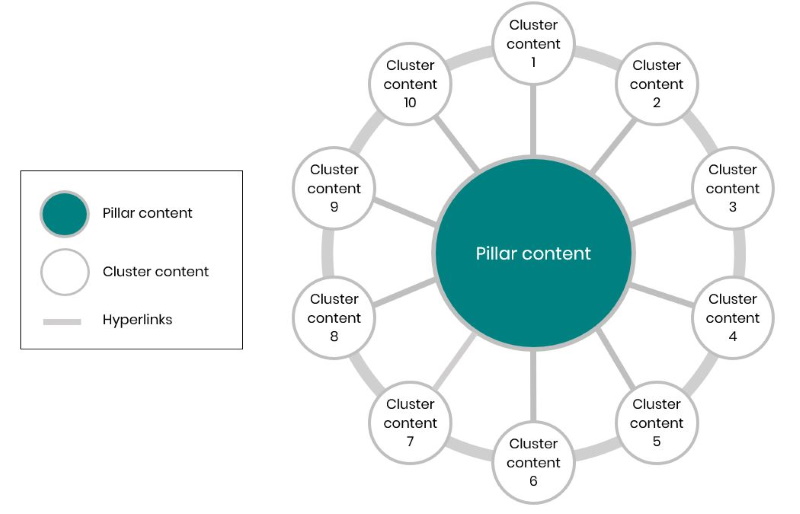
Topic clusters consist of several pieces of content based on the same topic. By creating content in topic clusters, you will have comprehensive coverage of the subject matter.
An example of a topic cluster can be when you create a long, in-depth guide about Core Web Vitals. Then write shorter pieces of content about the three different focus areas of Core Web Vitals, mainly LCP, FCP, and CLS.
A key aspect of topic clusters is the internal linking that you implement in related content. For our example on the Core Web Vitals topic cluster, we’ll add internal links to each of the pieces of content.
You can think of it as a spider web of interconnected blog articles.
Build Links to Core Product Pages and Content
We can’t talk about content without mentioning backlinks. The truth is you shouldn’t create content without thinking of your link-building strategy.
Links are essential for search engine rankings. Without building links to your content and product pages, you’ll likely not obtain a high enough ranking. This is especially true in a highly competitive industry.
There are several link-building strategies that you can implement to build backlinks to your core product pages and content.
Some of the top link-building strategies include
- Guest posting
- Broken link building
- Link exchanges
- Unlinked mentions
- Getting links from resource pages
Monitor SEO Progress Regularly
The last discussion point on SEO for tech companies is the regular monitoring of your progress.
Without monitoring your SEO rankings and organic traffic you’ll have no idea whether your current SEO strategy is working or if you need to adapt.
To monitor your SEO progress, you can use a keyword tracking tool to track your rankings over time.
![]()
Conclusion
Now you know the basics of how to do SEO for tech companies. When it comes to SEO, you don’t want to be following fly-by-night tactics and strategies that will ultimately hurt your brand’s online reputation and rankings.
The tactics discussed in this article include all the tried and tested methodologies for ranking a website for target search queries.










